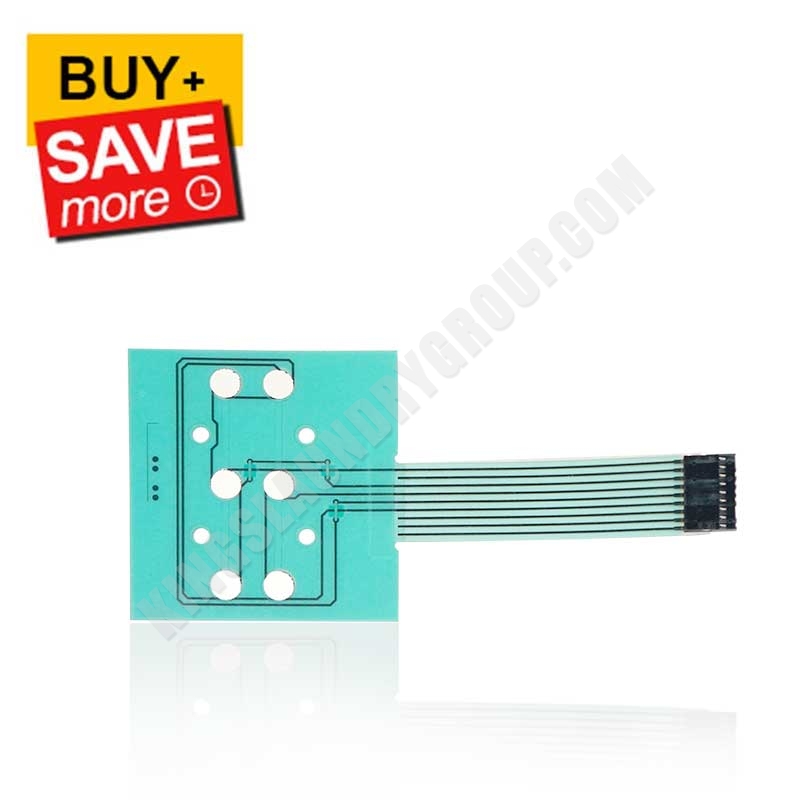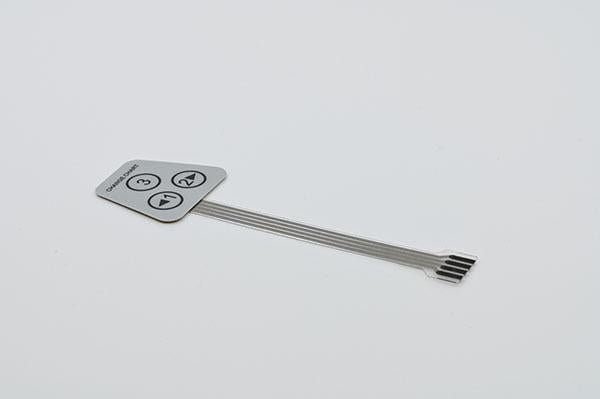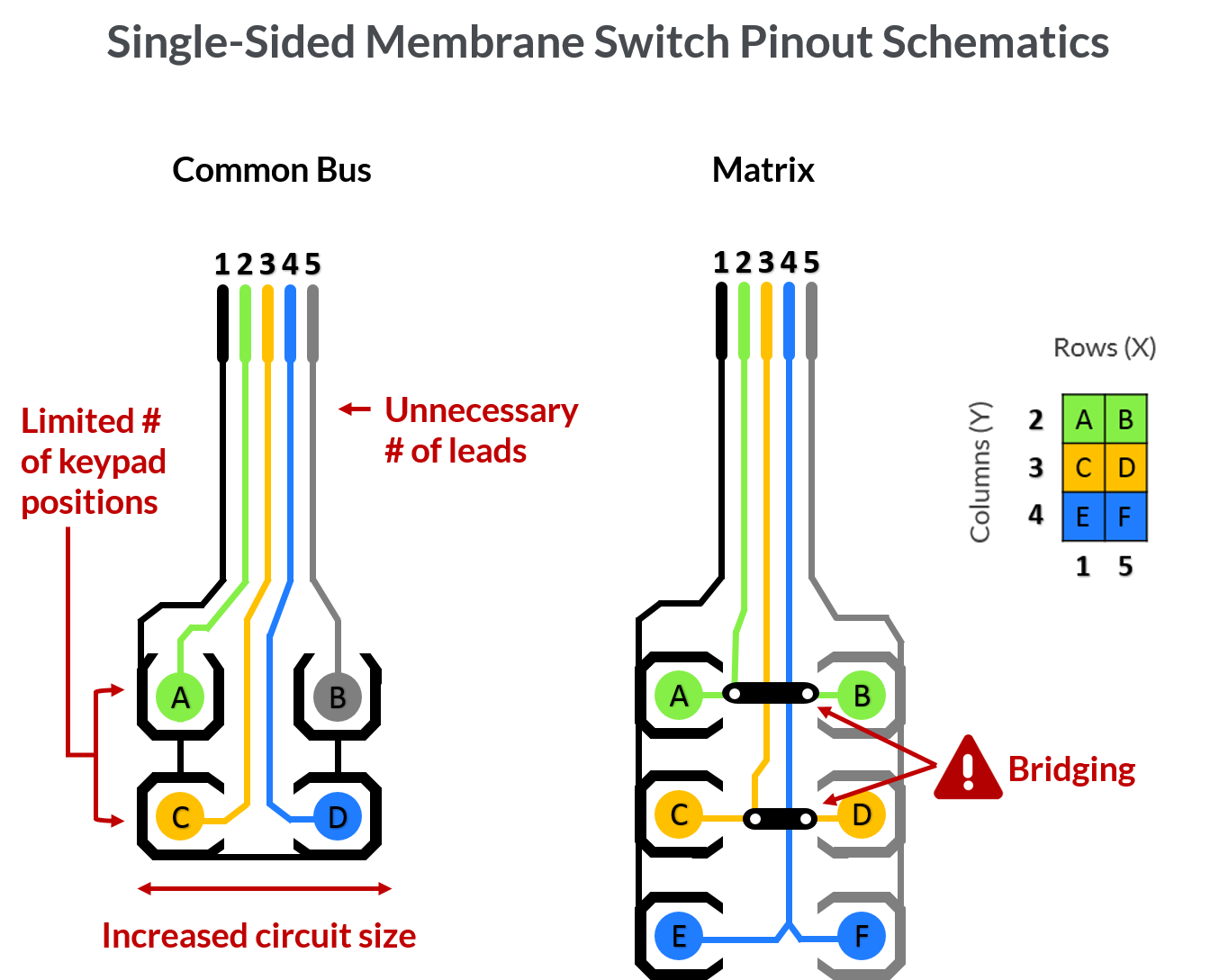Exactly How a Membrane Switch Boosts User Experience and Gadget Efficiency
Exactly How a Membrane Switch Boosts User Experience and Gadget Efficiency
Blog Article
Understanding the Capability of Membrane Layer Changes for Interface Gadget
The performance of membrane switches stands for a significant improvement in interface style, incorporating performance with visual adaptability. These buttons run with a multi-layered structure that converts customer interactions into electrical signals, permitting both portable formats and resilience against environmental factors. As sectors significantly focus on customer experience, recognizing the subtleties of membrane button innovation becomes essential. What ramifications do these improvements hold for future applications, and exactly how might they redefine individual communications across various tools?
What Are Membrane Layer Buttons?
Membrane buttons are ingenious user interface tools that facilitate user interaction with digital tools. These functional components include several layers, consisting of a visuals overlay, spacer, and a published circuit layer. The layout permits a seamless combination right into numerous digital devices, improving both the visual and functional aspects of interface.
Membrane layer switches are typically used in a vast array of applications, from family appliances to industrial machinery and medical gadgets. Their building commonly includes a slim account, making them an excellent selection for portable layouts. The tactile feedback offered by these switches can be engineered to satisfy particular user preferences, guaranteeing efficient communication between the user and the device.
Resilience is another significant advantage of membrane buttons, as they are immune to dirt, wetness, and chemicals, which enhances their lifespan sought after settings. In addition, these buttons can be personalized in terms of form, dimension, and graphic layout, enabling branding and user-specific attributes. On the whole, membrane layer switches over represent a useful option for improving individual experience in electronic devices, incorporating capability with aesthetic allure in a reliable fashion.
How Membrane Switches Work
Operating on an uncomplicated principle, membrane switches utilize a split building and construction to sign up individual input properly. Each switch is composed of several layers, including a published circuit layer, a spacer layer, and a leading graphic layer, which are created to collaborate effortlessly. When a user presses the top layer, it presses the spacer layer, bringing the conductive components of the circuit layer right into call with each other.
This contact creates a closed circuit, signaling the tool to implement a specific feature. The style allows for different configurations, including tactile feedback, which can improve the user experience by offering a physical feeling upon activation. The products utilized in membrane layer buttons typically consist of adaptable substratums, such as polyester or polycarbonate, which guarantee toughness and durability versus wear and tear.

Trick Advantages of Membrane Layer Switches

An additional substantial advantage is their compactness. Membrane layer buttons are slim and light-weight, which allows suppliers to save room in their devices without sacrificing performance. This feature is especially check out this site beneficial in applications where weight and quantity are crucial factors to consider.
In addition, membrane layer buttons are immune to dust, dampness, and chemicals, improving their longevity. This durability expands their life expectancy and decreases the demand for constant substitutes, causing cost savings with time.
Furthermore, the tactile feedback supplied by membrane layer buttons can be maximized More Bonuses to enhance customer interaction. They can include features such as increased switches or audible clicks, boosting usability and user experience.
Applications Across Industries
Interface tools making use of membrane layer buttons are prevalent in a broad variety of industries, showcasing their adaptability and capability. Membrane Switch. In the medical market, membrane layer switches are essential to tools such as diagnostic equipment and client surveillance systems, where their resilience and simplicity of cleaning are essential for preserving hygiene requirements. In a similar way, in the auto market, these buttons are utilized in control panel controls and infotainment systems, supplying a sleek and contemporary user interface for customers.
Furthermore, the consumer electronics industry gain from membrane switches in appliances and portable tools, where portable layout and straightforward user interfaces boost customer experience. Industrial applications likewise utilize membrane switches for control board in equipment and automation systems, highlighting their effectiveness and resistance to harsh atmospheres.
In the aerospace and protection markets, membrane buttons are used in cabin controls and tools, where integrity and efficiency under extreme conditions are paramount. In addition, the pc gaming market progressively incorporates membrane layer buttons in controllers and game machines, adding to an appealing individual experience. Overall, the flexibility of membrane switches over enables their widespread usage across countless fields, highlighting their importance in modern interface style.
Future Trends in Membrane Layer Switch Technology

In addition, using advanced products, such as polycarbonate and polyester films, is anticipated to climb, offering boosted durability and resistance to ecological stress factors. These materials add to the general longevity of membrane buttons, making them suitable for harsher industrial applications.
In addition, the incorporation of wise innovation, including IoT connectivity, will certainly enable membrane buttons to interact with other gadgets and systems, facilitating a much more interactive user experience. This pattern straightens with the growing need for clever devices across different fields, from healthcare to customer electronic devices.
Lastly, personalization alternatives are prepared for to expand, allowing makers to develop bespoke services tailored to specific customer demands and preferences. These their website advancements will place membrane buttons as crucial parts in the evolution of individual interface innovation.
Conclusion
Finally, membrane layer switches over stand for a critical development in user interface modern technology, supplying a trusted and functional option for diverse digital applications. Their split construction facilitates portable style, while features such as responsive comments enhance customer interaction. The sturdiness against ecological elements further strengthens their utility throughout multiple sectors. As improvements in material scientific research and touch picking up innovations continue, the performance and applicability of membrane buttons are expected to increase, enhancing their relevance in modern-day electronic devices.
Report this page